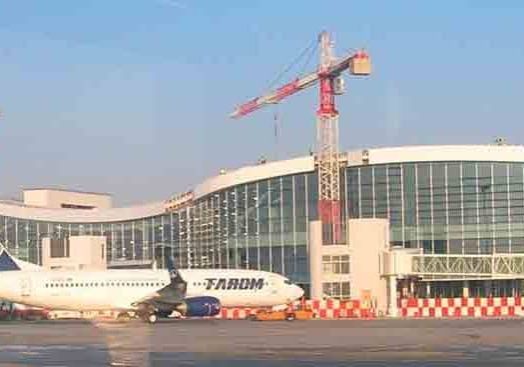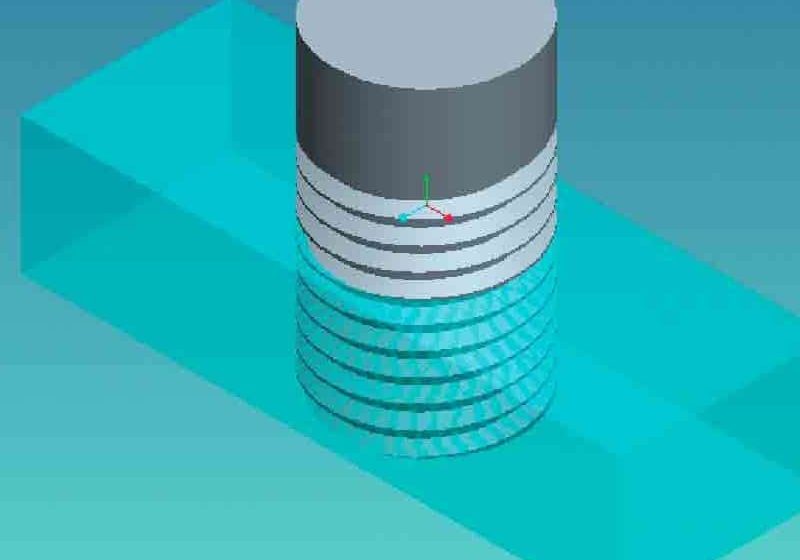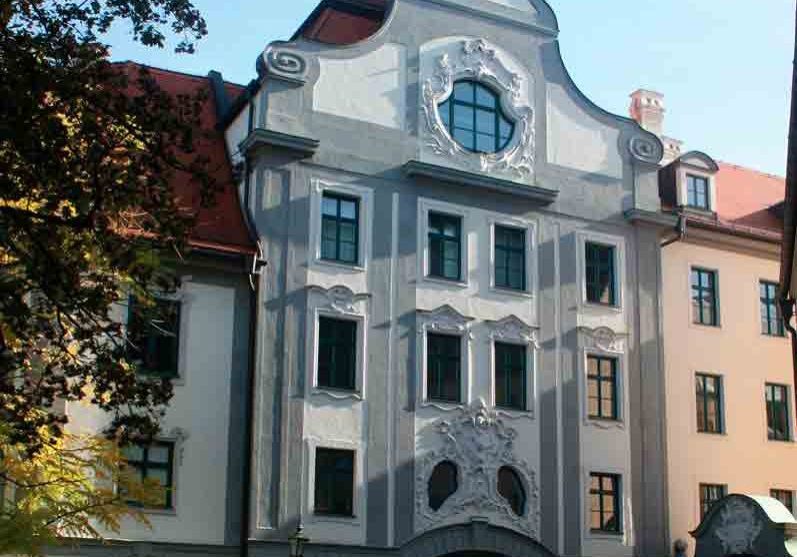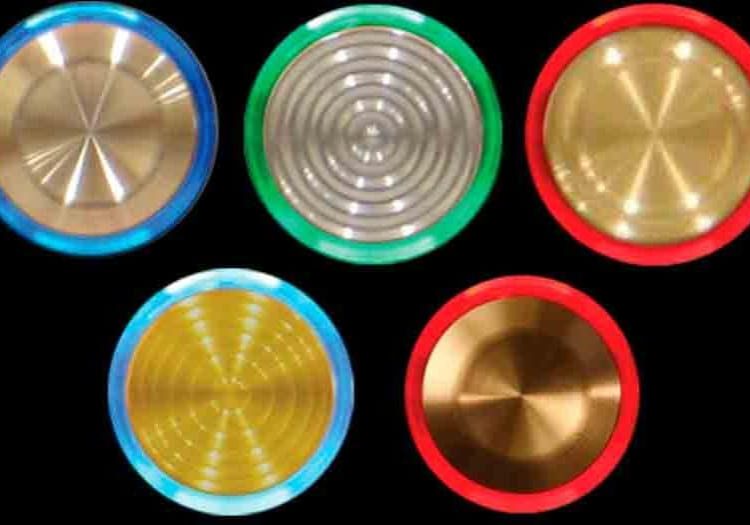Argentine Ministry of Economy, Buenos Aires, Argentina
Jan 1, 2012
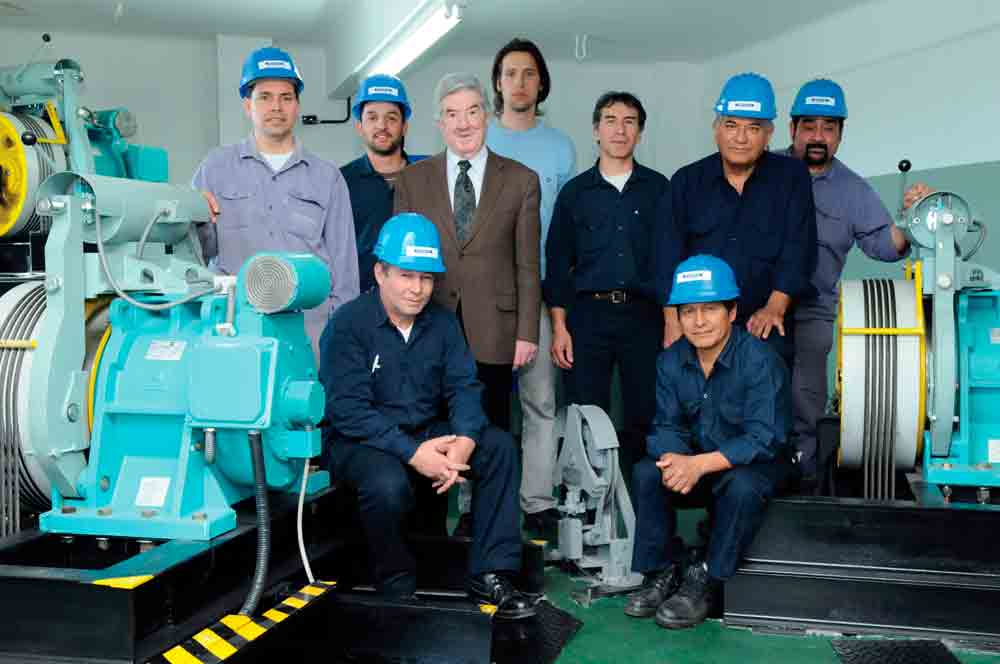
Category 2: Elevators, Modernization
submitted by Ing. Luis C. Maldacena, Maldatec S.A.
Maldatec S.A. was chosen to modernize the 15 elevators at the Ministry of Economy of the Argentine Republic for the total amount of US$2,171,202. Maldatec previously performed a partial refurbishment of the units and has been in charge of their maintenance since 1997. For this new modernization, the ministry’s authorities wanted an open technology for future maintenance. This was successful due to the participation of local and foreign component manufacturers, some of which have been established in Argentina for many years.
Otis elevators were originally installed in the building in 1939, but after an expansion, Westinghouse supplied the equipment for the new areas. All the elevators were operated by the Ward-Leonard traction system applied to geared and gearless DC machines. In 1992 and 1995, some of the units’ mechanical position selectors, combined with relays, were replaced by a new static DC system. In others, the controllers were changed, while retaining the electromechanical generators.
The present modernization included three banks with four elevators, each located in different areas of the building: the minister’s elevator, one freight lift and a third for general services. As a result of previous research carried out by the ministry’s technical professionals and external expert advice, it was decided to use gearless permanent-magnet (PM) machines due to the advantages of low maintenance cost, accessible technology and, above all, ecological virtues: this equipment substantially reduces energy consumption.
Energy Savings
Due to increased traffic in the building through the years, it was essential to reduce energy consumption. According to the bidding specifications, Maldatec had to replace the existing equipment with cutting-edge technology to achieve significant energy savings. The ministry’s officers aimed for a 35% energy reduction. The Ward-Leonard motor generators — in spite of their modernization with static inverters and electronic controllers — had required the installation of air-cooling equipment due to the overheating produced by the start/hour increase. Consequently, the machine rooms of the four principal elevators in the central hall had been furnished with 108,000-Btu air conditioners, and each of the two machine rooms in the building wings were refrigerated with 40,000-Btu air conditioners. Therefore, 188,000 Btu had to be added to the energy consumed by the Ward-Leonard system.
Challenges
The most difficult issue Maldatec’s team had to solve in the field was the removal and disposal of the old equipment. The main problems were the volume and the 1700-kg weight of the assembly — made up of rotor, collector and traction sheave. By contrast, the complete new machine weighs just 890 kg. After considering different alternatives, it was decided to uncouple the traction sheave.
But, as it had been hot coupled, it was necessary to cut part of the sheave up to its axle to loosen the coupling, then transport each piece to the freight lift by means of a chain winch.
The fact that the whole modernization process had to be carried out in a fully operating building with a large number of circulating personnel and public was another difficult issue. Consequently, Maldatec’s supervisors and the ministry officers in charge of the project had to organize the start and end of dismantling and installation of each elevator with tight deadlines. At certain steps of the process, it was necessary to have a 12-person team working around the clock.
Finally, the bidding requirement to keep the original aesthetics in the car decoration, push-button panels, indicators and landing fixtures — all comprised of specially polished bronze — was another big challenge.
Modernized Equipment Traction System
It was decided to adopt gearless AC machines with synchronous PM motors using a 2:1 suspension.
Controllers
The controllers feature serial communication and position indicators by encoder, offering fast installation and a comfortable ride with the following functions:
- Up and down selective/collective control
- Electronic load control
- Infrared door detectors
- Voice synthesizer
- Landing illuminated position indicators with gong
- Phase I Firefighter’s Operation
- Door preopening on landing arrival
- Programmed traffic up and down demand synchronization at peak hours
- PC monitoring in machine rooms and the building maintenance center
Safety Devices
The existing progressive safety gears had to be released from inside the cars. They were replaced by machine-room-operated equipment. The speed governors were also replaced.
Landing Doors
Some of the elevators feature central-opening doors, and others have side-sliding doors. Those at the principal landings are made of bronze, and those at the secondary landings, and on the service and freight elevators are made of stainless steel. They are operated by variable-voltage, variable-frequency car-door operators for smooth and silent movement.
Cars
Most of the cars have a capacity of 1050 kg (14 passengers) and are clad in bronze with mirrors and marble floors. The original ceilings were restored and illuminated with full reflex. The car fixtures include double control panels to facilitate their use to passengers. Modern thin-film-transistor LCD displays announce the arrival at each landing and inform about the activities at each floor.
Specifications
- Wittur SA supplied WSG 19.1 gearless permanent-magnet (PM) machines and Hydra F60 automatic doors.
- Model A six-wheeled roller guides were provided by Elevator Safety Components.
- Automac SA supplied its 6600 electronic controller and Model A2170 Miltihaz MX3 infrared door detectors.
- Euro Techniques’ Unidrive SP was used as the inverter.
- Hollister-Whitney’s Speed Governor Model 207 and Type B, Model 480 safety gears were installed.
- Seale 8 X 19 +1 Ø 12.7 mm traction wire ropes by IPH SAICF were used
- DMG SpA’s BM Macro push buttons adorn the car-operating panel.
- Avaxon was tapped for the electronic load-control devices.
| Elevators | 2 | 12 | 1 |
| Speed (mps) | 1.5 | 2.5 | 1 |
| Stops | 15 | 13 | 12 |
| Capacity (kg) | 750 | 1050 | 1000 |
| Motor Power | 15.6 | 24.5 | 9.8 |
Credits
- Owner: Ministry of Economy
- Project director: Arq. Gustavo Fernández
- Consultant: Ing. Gustavo del Río
- Transportation-system contractor: Maldatec S.A.
- Project director: Ing. Luis C. Maldacena
- Job coordinator: Ing. Gustavo Moreno
- Engineering developers: Wittur SA and Maldatec
Get more of Elevator World. Sign up for our free e-newsletter.


